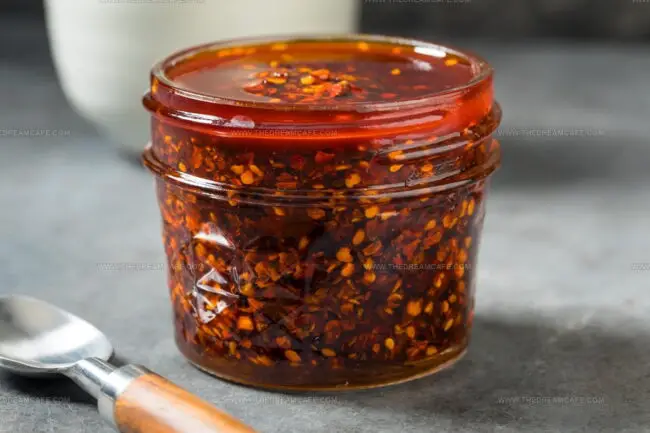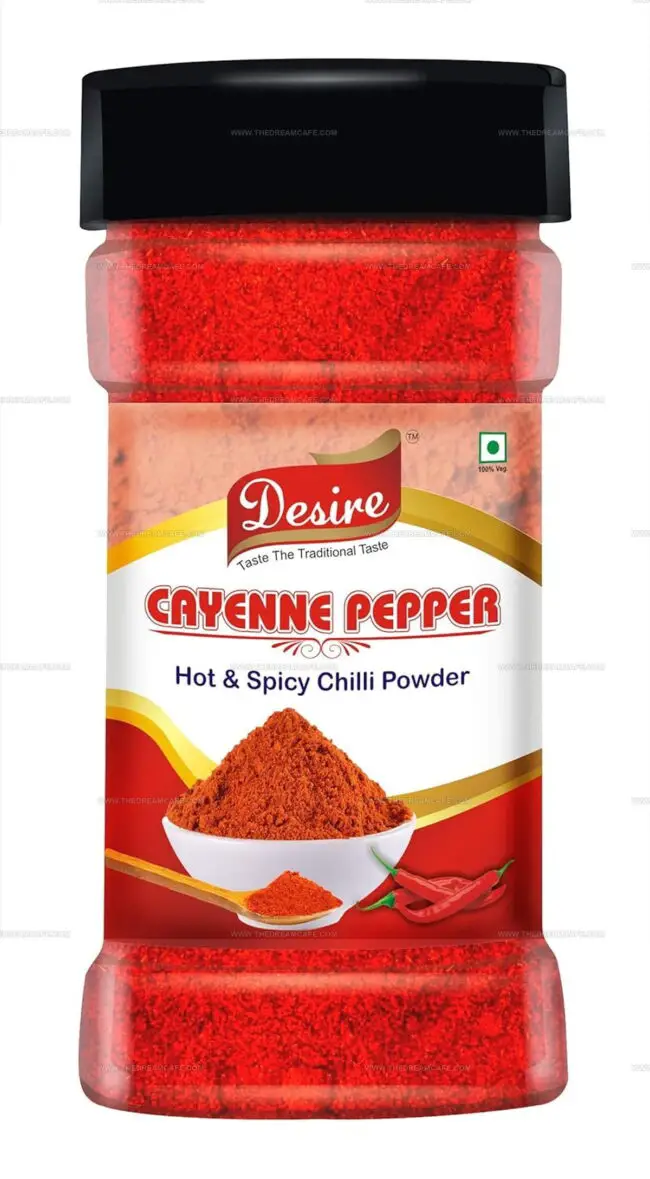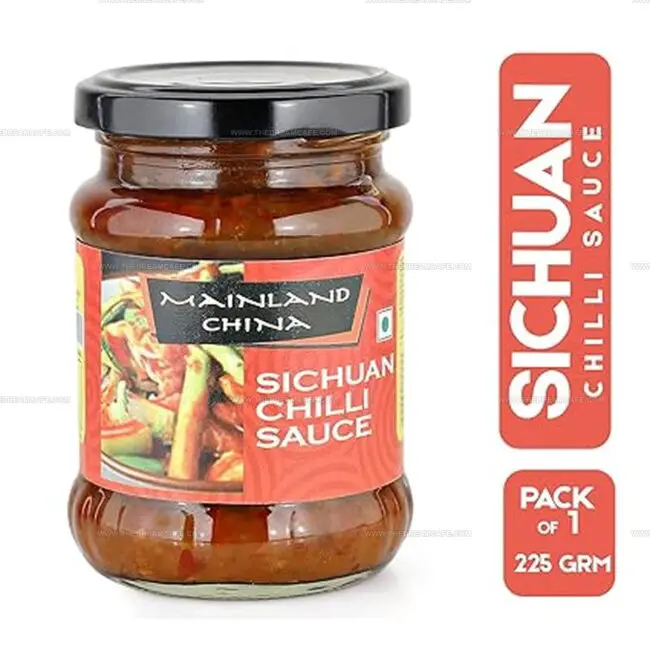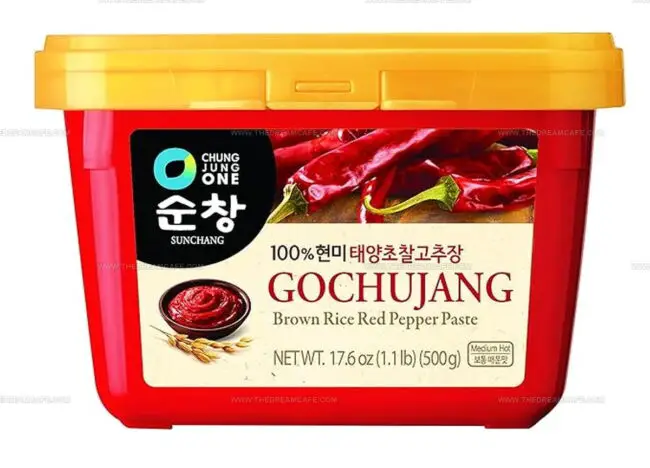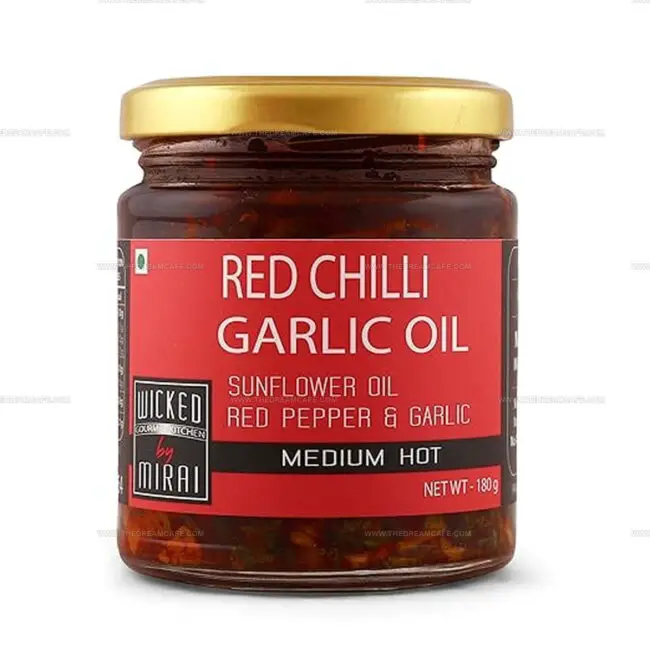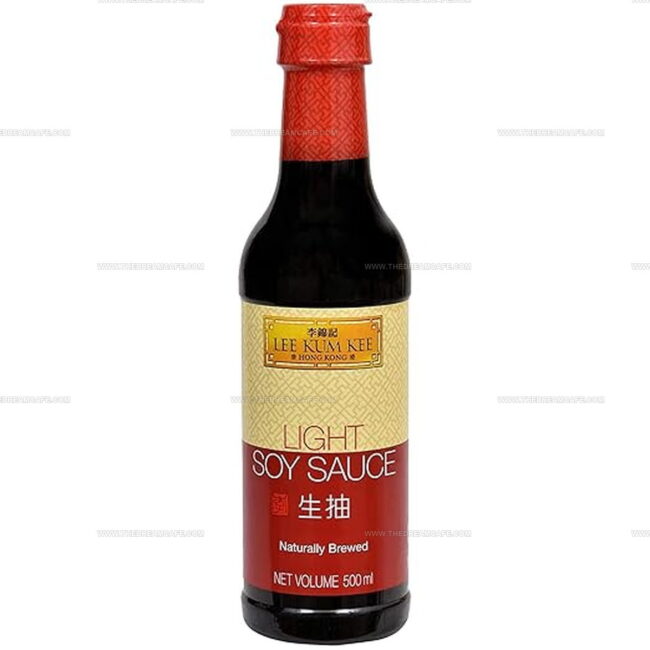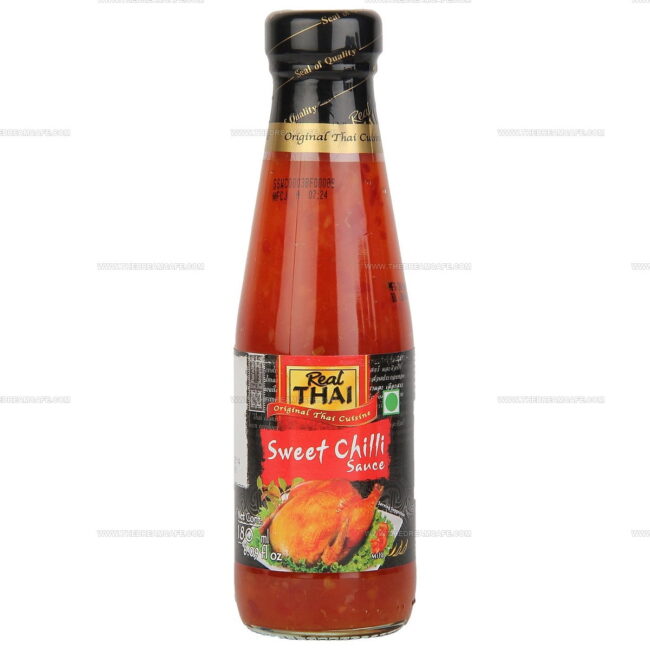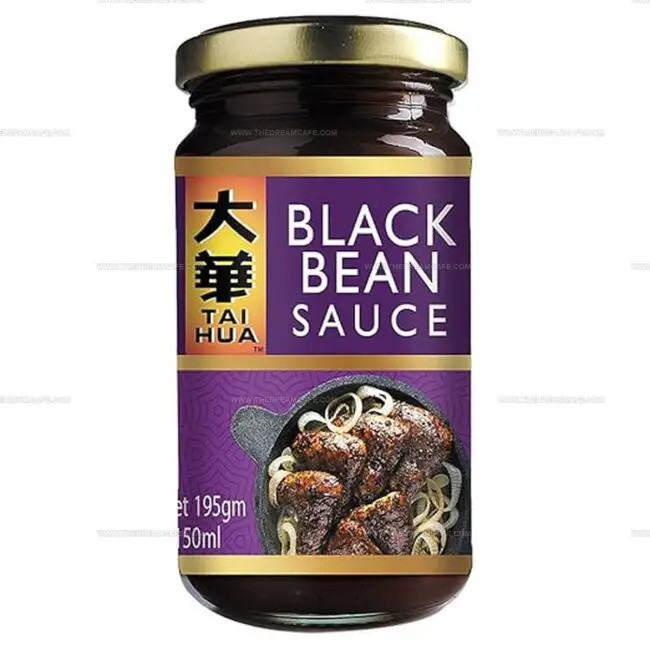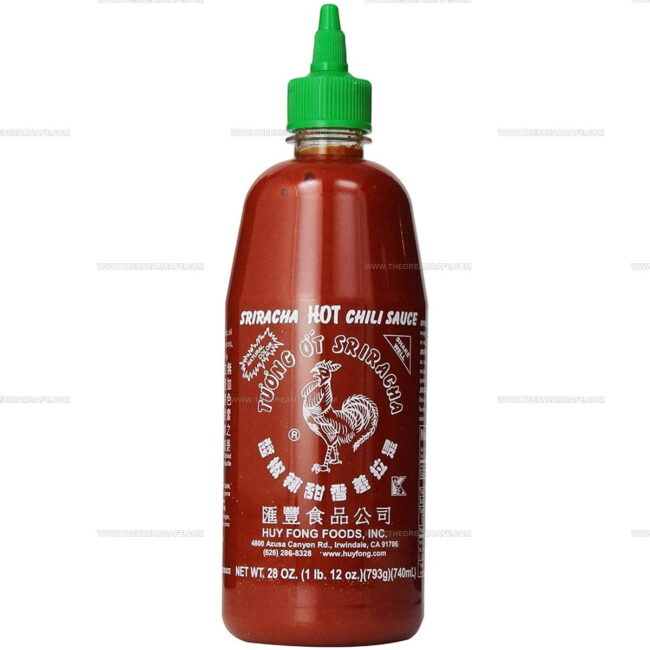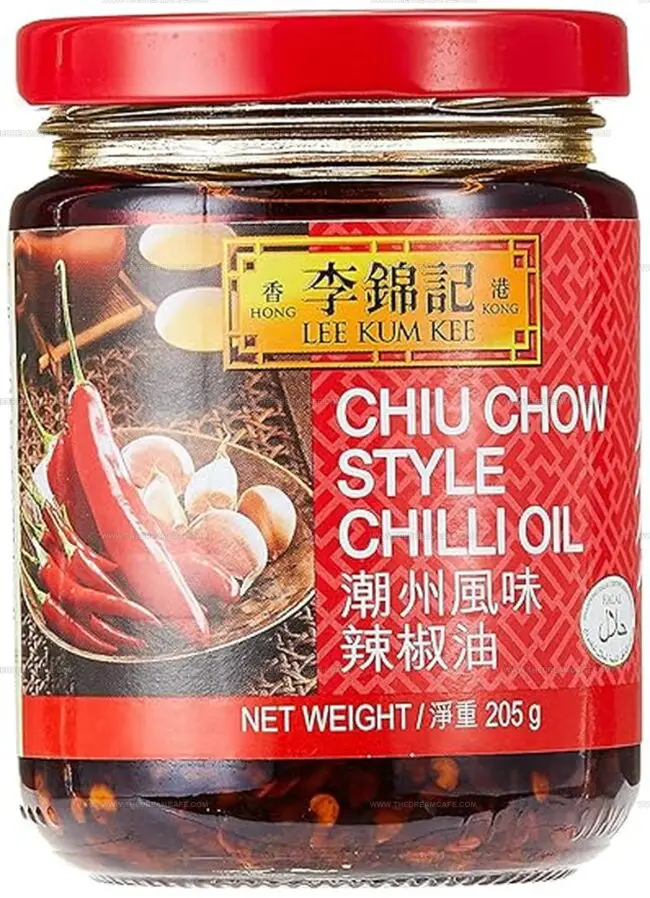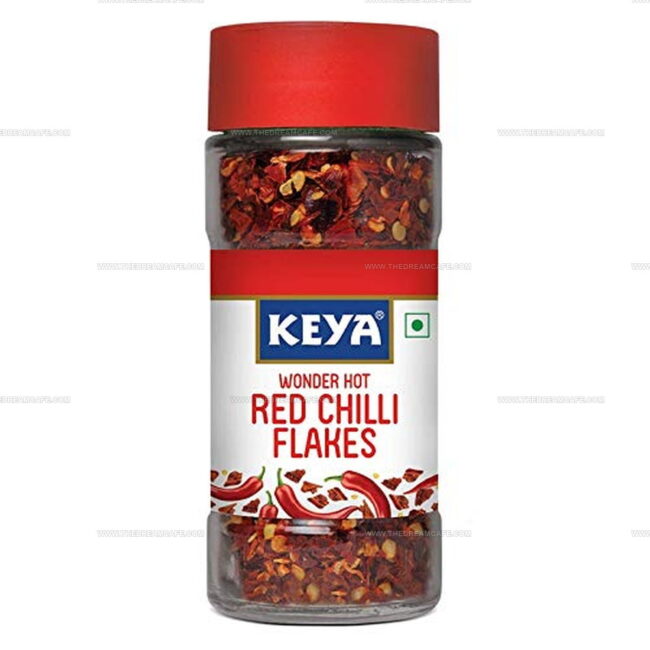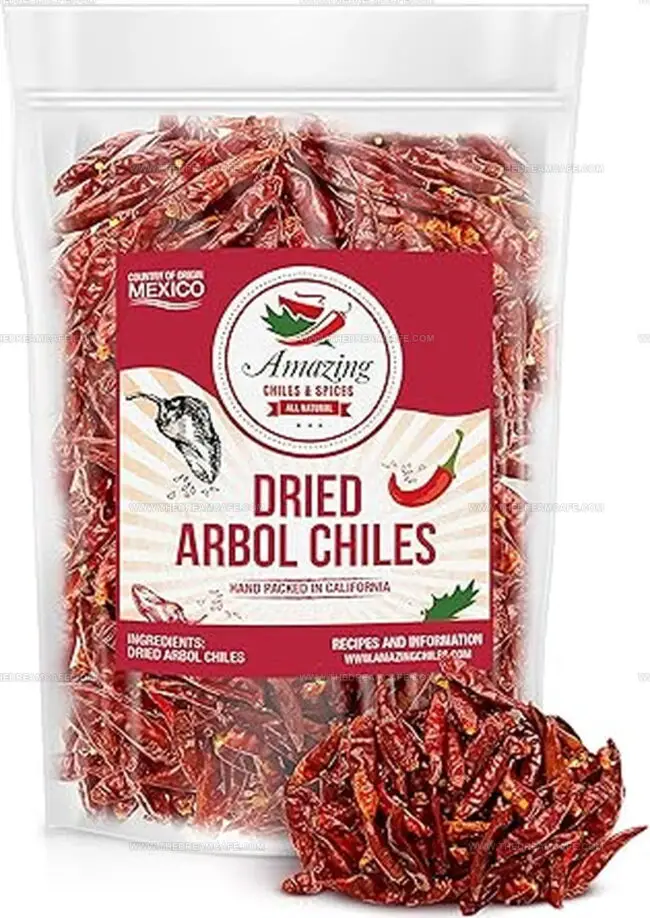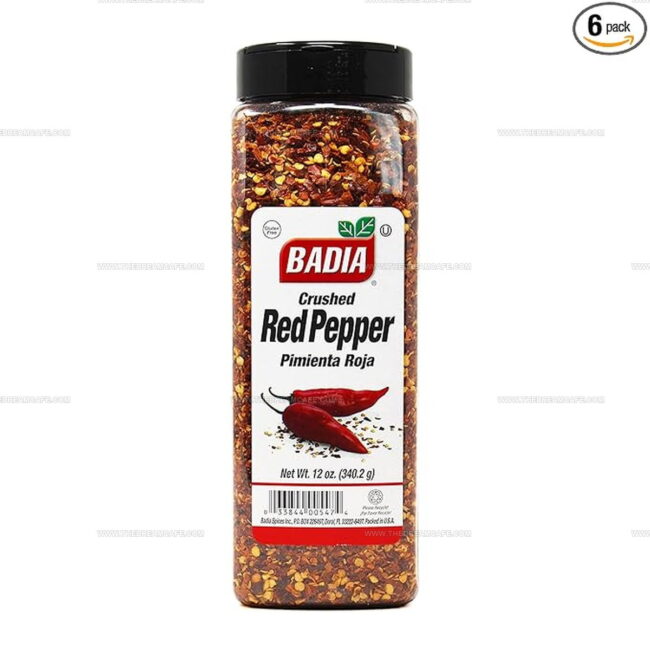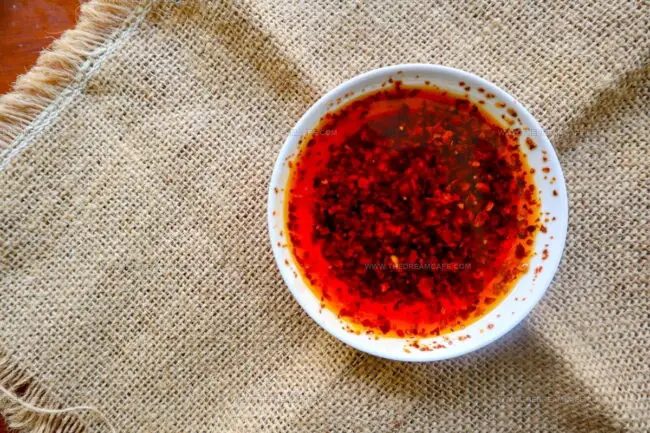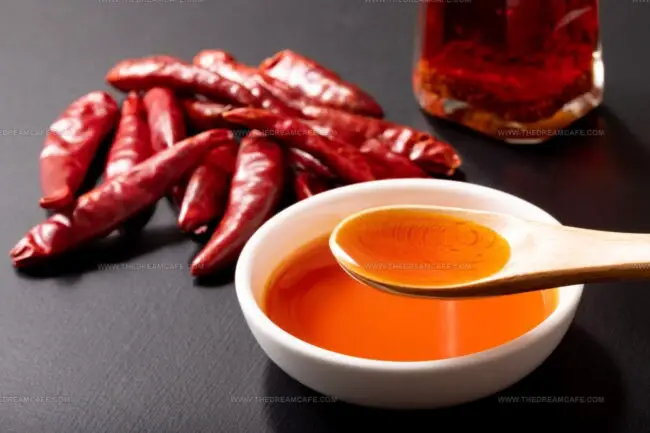12 Making Hot Chili Oil Substitutes at Home
Hot chili oil substitute options can save your recipe when the real thing isn't available in your pantry.
This challenge arises especially during preparation of spicy Asian dishes demanding that signature heat.
Substitutes allow customization of spice intensity while preserving authentic flavors.
Typically, combinations of pantry staples replicate both heat and infused richness.
Certain alternatives even introduce fresh taste layers, enhancing your dish unexpectedly.
A good replacement also mimics chili oil’s vibrant red appearance to maintain visual appeal.
Explore our suggestions for crafting perfect homemade versions that may become permanent favorites.
What Makes Hot Chili Oil Unique in Recipes
Hot chili oil stands out in recipes for its bold, fiery flavor and the way it brings both heat and richness to a dish:
Hot Chili Oil Substitutes to Consider
No hot chili oil on hand? You can still prepare your dish without delay. Making a quick choice keeps things simple.
Cayenne Pepper
Cayenne pepper adds a fiery kick to dishes as one of the most versatile spice substitutes for chili oil in cooking.
Many home cooks mix it with peanut oil to create a quick alternative when chili oil isn't available in their pantry.
The distinctive heat from cayenne closely resembles chili oil's spicy punch, though subtle flavor differences exist between them.
This red powder works particularly well in stir-fries, noodle dishes, and marinades where that characteristic warmth is essential.
For best results, start with small amounts and adjust according to your heat tolerance since cayenne can be quite potent.
Sichuan Sauce
Sichuan pepper sauce brings an exciting spice and zing to dishes as its main feature.
Many home cooks appreciate its thick consistency, making it different from regular chili oil while still working perfectly as a substitute in recipes.
The sauce works wonderfully as both a table condiment and a cooking ingredient to enhance flavors.
People who enjoy bold flavors often keep this sauce handy in their kitchens for quick meal upgrades.
Anyone new to Chinese cooking can start with just a small amount since the distinctive numbing quality of Sichuan peppercorns can be surprising at first.
Gochujang
Gochujang is a Korean chili paste with a subtle sweetness that many food lovers enjoy.
The thick, rich texture sets it apart from thinner chili oil, though it shares some flavor notes with Sichuan sauce.
Despite these differences, this versatile condiment works perfectly as a substitute when chili oil isn't available in your kitchen.
Its complex flavor profile adds depth to dishes without overwhelming other ingredients.
Most Asian grocery stores carry gochujang, making it relatively easy to find for home cooking adventures.
Chili Garlic Oil
Substitution in cooking allows home cooks to swap ingredients without sacrificing flavor or texture in their recipes.
Most professional chefs recommend finding substitutes that match the original ingredient's purpose rather than just its taste, especially when dealing with key components like proteins or thickeners.
You can easily replace buttermilk with regular milk mixed with lemon juice or vinegar when making pancakes or biscuits, saving an extra trip to the store.
Dietary restrictions often necessitate creative substitutions, such as using applesauce instead of oil in baking to reduce fat content.
For budget-conscious cooking, expensive nuts can be replaced with more affordable varieties while still maintaining similar texture and flavor profiles.
Soy Sauce
Soy sauce stands as the cornerstone of Asian cuisine, bringing its distinct umami flavor to countless dishes across the continent.
Many cooks substitute it for chili oil when they need that rich depth without the heat, though adding chili flakes and complementary spices can recreate the spicy kick that makes chili oil so popular.
The versatility of soy sauce makes it perfect for marinades, stir-fries, and dipping sauces where its savory notes enhance rather than overpower other ingredients.
Most kitchens already stock this essential condiment, making it a convenient alternative when specialized oils aren't available.
Sweet Chili Sauce
Substituting sweet chili sauce for traditional dipping oils creates an exciting flavor boost that balances spicy heat with pleasant sweetness in many Thai and Asian dishes.
You can easily swap this versatile condiment anywhere you'd normally use plain chili oil, adding depth and complexity to your meals.
Homemade versions taste significantly better than store-bought options and let you control exactly what goes into your food.
Making your own requires just a few basic ingredients - vinegar, garlic, red chili paste or flakes, lime, and a sweetener like honey instead of refined sugar.
The simple preparation involves blending everything together until smooth, and the finished sauce keeps well when stored properly for future meals.
Black Bean Sauce
Substituting black bean sauce for chili oil adds a rich, salty dimension to Chinese dishes that many people enjoy.
This savory option brings deep umami notes rather than the heat found in traditional chili oil.
For those who miss the spiciness, adding a pinch of red pepper flakes or a dash of hot sauce can help create a similar kick.
The fermented black beans create a complex flavor that works especially well with stir-fries and noodle dishes.
Most grocery stores stock this versatile sauce in their international food sections, making it easy to find for home cooking.
Sriracha
Substituting sriracha for chili oil works well in many dishes because both pack a spicy punch with similar ingredients like chili peppers, garlic, vinegar, sugar, and salt.
Sriracha comes in sauce form while chili oil blends peppers with vegetable oils, giving it a different texture and slightly different heat delivery.
Most recipes that call for one can accept the other with minor adjustments to account for sriracha's thicker consistency.
The swap might alter the dish's appearance slightly since sriracha has a brighter red color compared to chili oil's more translucent look.
Heat Chilies In Oil
Substituting spicy red oil with fresh chilies infused in hot oil offers a flavorful alternative for home cooks who enjoy adding heat to their dishes.
Szechuan or jalapeno peppers simmered in oil for half an hour create a delicious infusion that captures their fiery essence without needing specialized ingredients.
The resulting mixture works well in many recipes, though it lacks the paste-like consistency of traditional chili oils.
For a quicker option, stir-frying chilies in high boiling-point oil can also extract their spice in just minutes.
This homemade version gives you control over the heat level, making it perfect for customizing dishes to suit different taste preferences.
Chili Flakes
Chili flakes offer a simple way to add spice and flavor to your meals without much effort.
Many cooks rely on these dried, crushed peppers when chili oil isn't available in their kitchen pantry.
Making your own substitute is straightforward - just combine regular vegetable oil with a generous sprinkle of chili flakes and let the mixture sit for a few minutes to infuse.
This homemade alternative works wonderfully in stir-fries, noodle dishes, or drizzled over pizza.
Even beginners can master this quick substitution technique and impress dinner guests with their culinary knowledge.
Dried Peppers
Dried chili peppers infused in oil make an excellent homemade substitute for store-bought chili oil, creating a flavorful condiment that enhances many dishes.
The process requires patience since the peppers need at least a month to fully release their distinctive heat and flavor into the oil.
Using only completely dehydrated peppers is absolutely essential for safety, as fresh or insufficiently dried peppers can create dangerous conditions in the oil.
The risk comes from Clostridium botulinum bacteria, which may develop in improperly prepared infusions and cause serious food poisoning.
Crushed Red Peppers
Substitution in cooking allows home cooks to create chili oil with just crushed red pepper and a quarter cup of oil simmered on low heat for ten minutes.
Most kitchens already have these basic ingredients, making this swap accessible when the store-bought version isn't available.
After heating, simply strain the mixture to remove seeds and flakes for a smooth, flavorful oil that adds heat to any dish.
The homemade version often tastes fresher than commercial alternatives and can be customized by adding garlic, ginger, or Sichuan peppercorns for unique flavor profiles.
This quick process saves money and reduces waste by using pantry staples instead of buying specialty products.
Reducing Heat for Sensitive Palates
Some people love spicy food, but not everyone enjoys a fiery kick, there are plenty of easy ways to reduce heat in recipes so everyone can dig in comfortably:
Homemade Chili Oil and Spicy Sauce Ideas
Making your own chili oil or spicy sauce at home is simple and lets you control the heat, flavor, and freshness, perfect for adding a custom kick to your favorite dishes:
Hot Chili Oil Replacements: Your Questions Answered
1. What can I use instead of hot chili oil in recipes?
You can use chili crisp, chili paste, sriracha, crushed red pepper flakes in oil, or infused olive oil as substitutes for hot chili oil.
2. Will the flavor change if I use a different chili oil substitute?
Yes, each substitute has its own flavor profile and heat level, so the final taste of your dish may vary depending on what you choose.
3. Can I make homemade chili oil as a replacement?
Yes, simply heat neutral oil and pour it over dried chili flakes or fresh chopped chilies. Add garlic or other aromatics for extra flavor.
4. Is there a non-spicy alternative to hot chili oil?
Use plain sesame oil, toasted sesame oil, or a mild infused oil for flavor without the heat, especially if cooking for sensitive palates.
5. Can I use sambal oelek or gochujang instead of chili oil?
Yes, both work in small amounts to add heat and flavor, but they are thicker and may alter the consistency of your recipe.
6. How do I adjust the heat level when using a substitute?
Start with a small amount and add more to taste. You can always add extra spice, but it’s hard to reduce heat once added.
7. Are hot sauces a good replacement for chili oil?
Hot sauces like sriracha or tabasco can work, but they may add tanginess and extra liquid, which could affect the dish’s texture.

